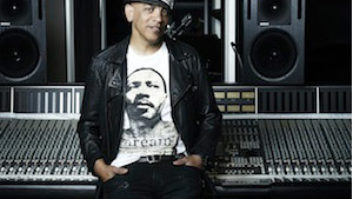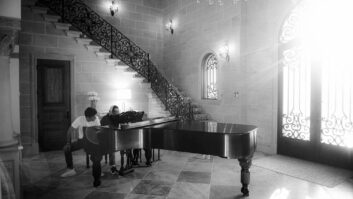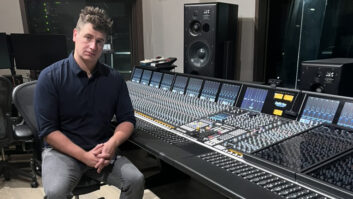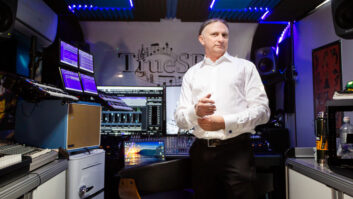
Photo: Jonathan Mannion
When he wasn’t onstage or supporting young musicians through his Trombone Shorty Foundation, the magnetic musician/vocalist Troy Andrews—aka Trombone Shorty—was in the studio this year making Say That to Say This. Andrews and Raphael Saadiq co-produced, with much of the project coming together in Saadiq’s Blakeslee Studios (North Hollywood). This time out, Andrews and his band, Orleans Avenue, are all about classic funk and R&B.
Tracking at Blakeslee was by engineer Justin Merrill, who set the band up live in Blakeslee’s Studio A. “Probably 85 percent of the basic tracks were done all together, with the drummer, bass player, guitar player and Shorty in the big room,” he says. “They’d jam for a while, find an approach that worked and then just go with it.”
Andrews sings and plays every horn part on his albums, so there were a lot of overdubs, too. Vocals done at Blakeslee were through either a Neumann U 47 or Shure SM7; either would go to a Wunder Audio PEQ1R and a UREI LA-2A. On horns, Merrill used an RCA 77, also to a PEQ1R. “His dynamics are so good, so I wasn’t compressing him much going in,” Merrill says.
Many parts were tracked by Charles Smith in the Music Shed (New Orleans), including the song “Be My Lady,” which features a reunion of The Meters helping Andrews cover their own tune. The album was mixed at Blakeslee by Gerry Brown, on one of Saadiq’s three SSLs. “I use a method I call Spatialonic Process, where I create as much depth as I can so some things seem 3-D in a 2-D situation,” Brown says. “I used a [Thermionic Culture] Phoenix compressor to make the drums a little more dynamic. But the mix was easy. The only reason it took time was sometimes we’d have to wait for approvals from Trombone Shorty while he was on the road.”







